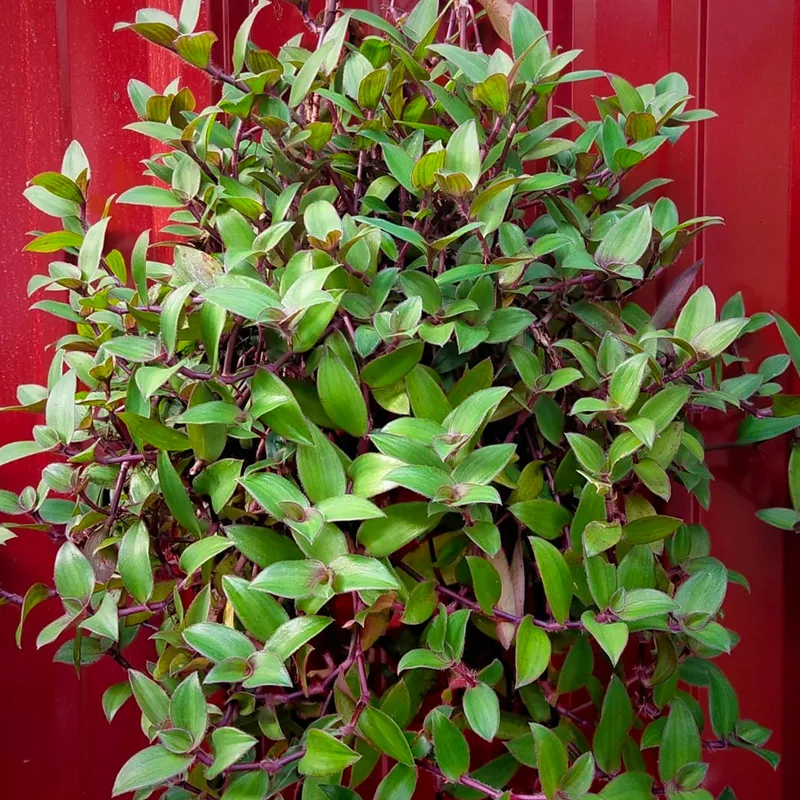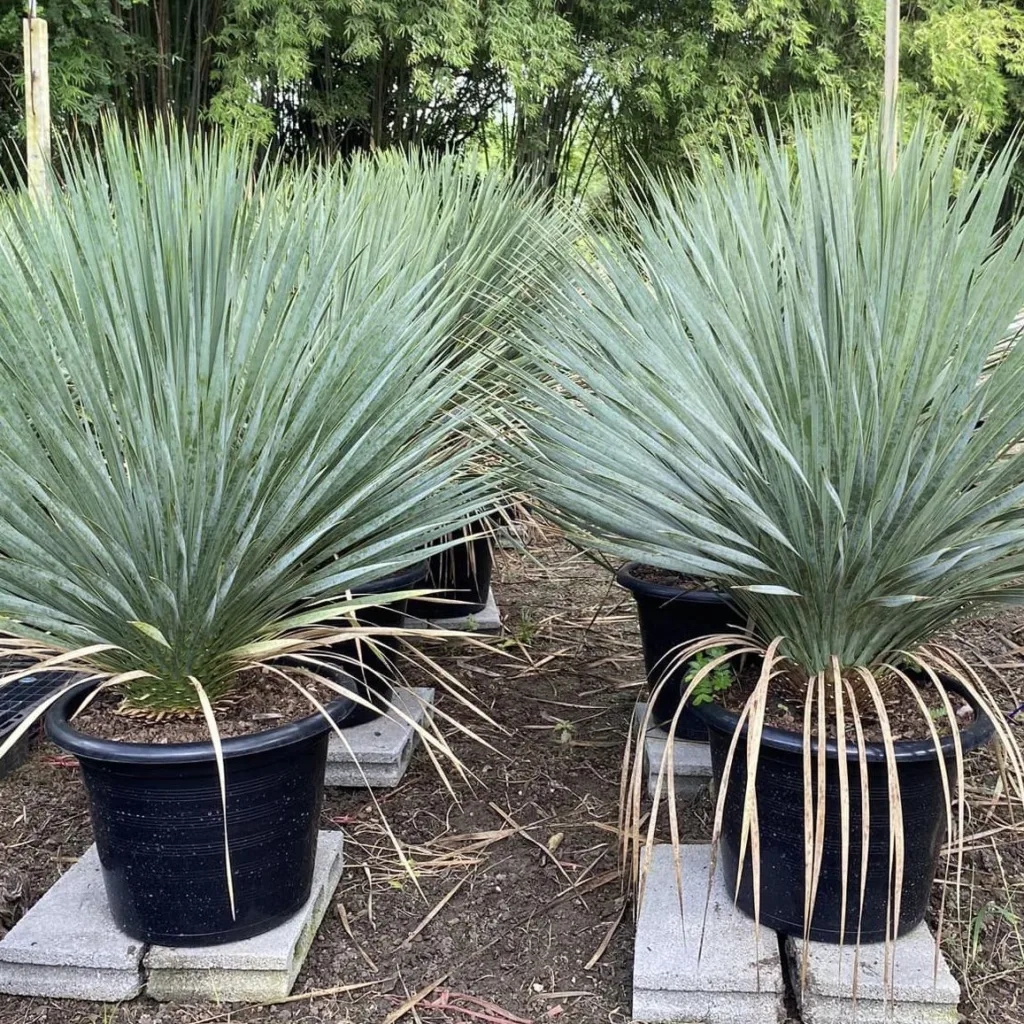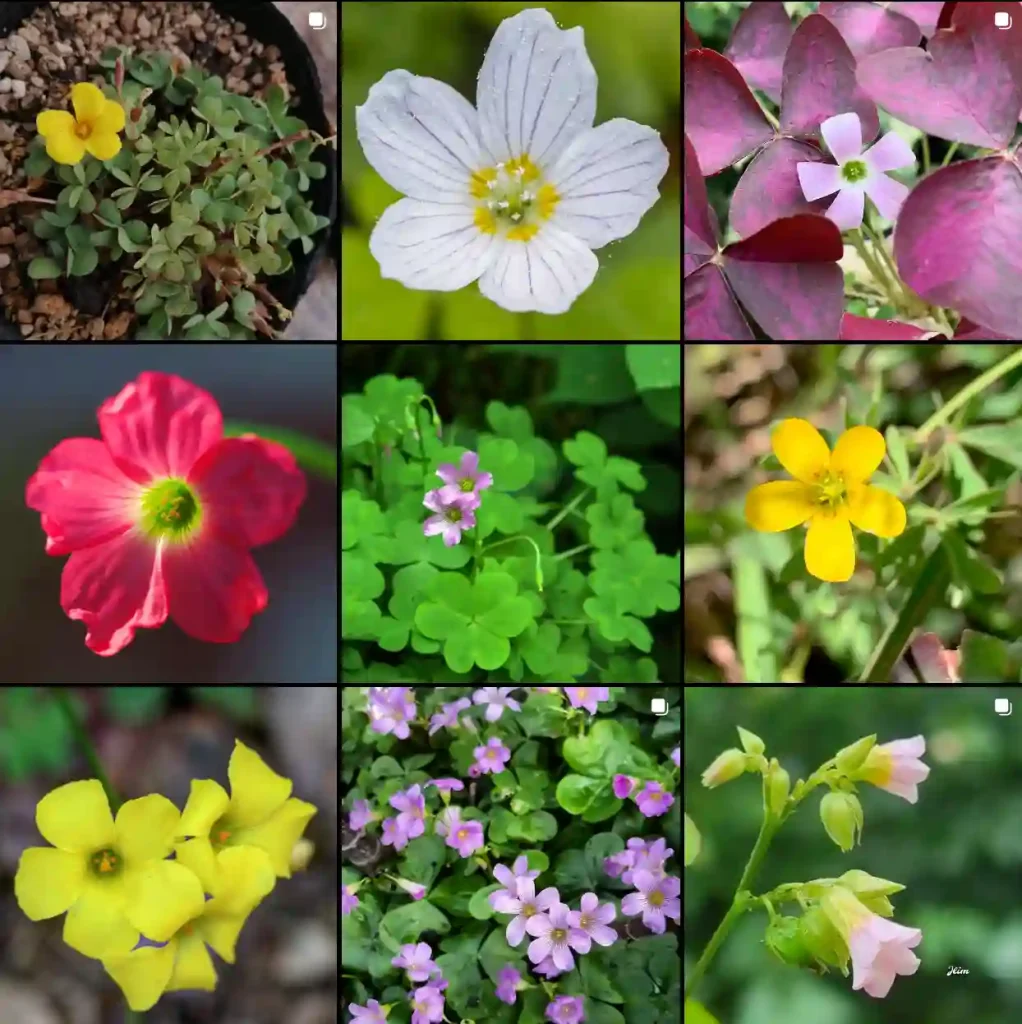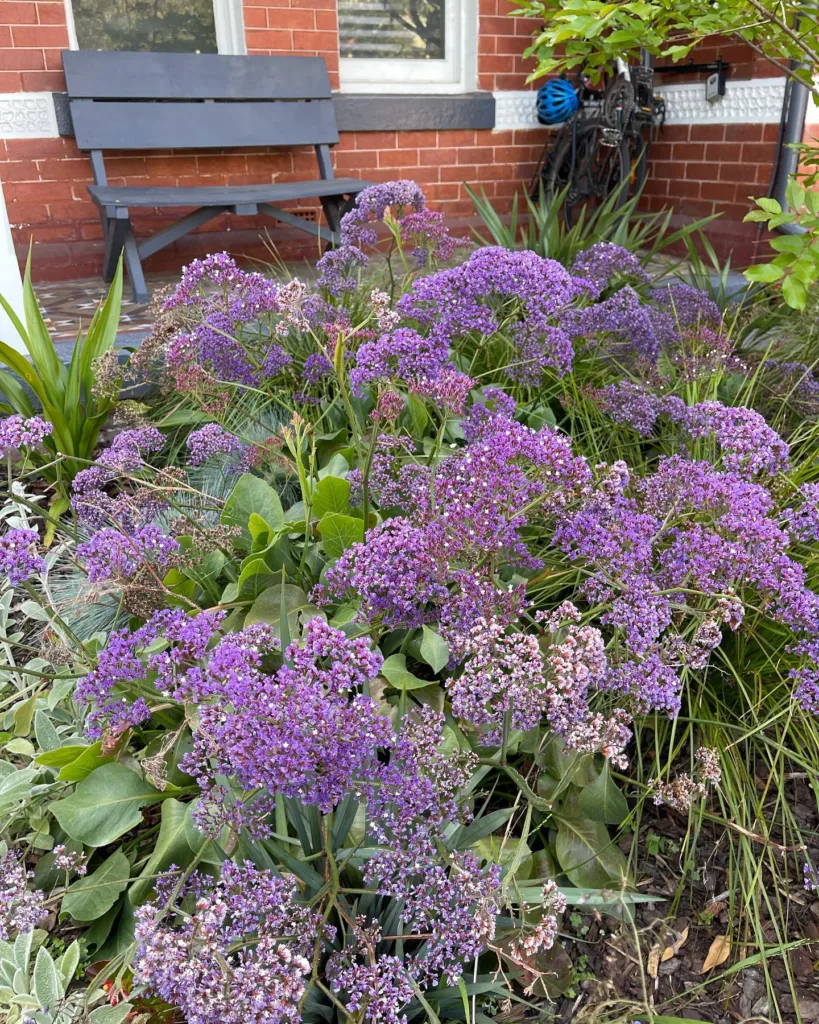My Fascination with Fatsia
I, Ferb Vu, have always been drawn to the unique and striking beauty of the plant genus Fatsia. These evergreen shrubs, with their bold, architectural foliage, bring a touch of the exotic to any garden or indoor space. Native to southern Japan and Taiwan, Fatsia plants evoke a sense of tranquility and lushness that I find captivating.
A Closer Look at Fatsia
The genus Fatsia belongs to the Araliaceae family, which also includes other popular plants like ivy (Hedera) and ginseng (Panax). Fatsia plants are characterized by their large, leathery leaves that are deeply lobed, resembling oversized hands. These leaves, often glossy and dark green, create a dramatic focal point in any setting.
In late autumn or early winter, Fatsia plants produce clusters of small, creamy-white flowers that add a delicate touch to their bold foliage. These flowers are followed by small, black fruits that provide further visual interest.
Species within the Genus
While the genus Fatsia is relatively small, it boasts a few distinct species:
- Fatsia japonica is an evergreen shrub renowned for its bold, deeply lobed leaves that resemble giant, glossy hands, making it a standout in gardens and shaded areas. Native to Japan and South Korea, it thrives in low light and is highly adaptable, often grown indoors or in sheltered outdoor locations. It typically reaches about 5-8 feet in height, producing small clusters of white flowers in the fall that mature into dark berries. Fatsia japonica’s ability to withstand pollution and low-light conditions makes it popular for urban and indoor spaces, adding a tropical feel to any setting. Plant FAQs: Causonis Japonica – Fatsia Japonica
- Fatsia oligocarpella is a lesser-known Fatsia species, originating from Taiwan, where it grows in subtropical forests. Unlike the more common Fatsia japonica, this species is known for its smaller, more delicately lobed leaves and slightly more compact growth habit. It can tolerate a range of lighting conditions but tends to thrive in partial to full shade. Although it is less commonly cultivated, Fatsia oligocarpella adds a unique texture to shaded garden areas, complementing ferns and other tropical plants. Its adaptability and compact size make it suitable for smaller garden spaces or as a container plant.
- Fatsia polycarpa is native to Taiwan as well, where it grows in humid forests and has a distinct appearance compared to other Fatsia species. Its leaves are more finely divided and have a serrated edge, giving it a more delicate look, while the plant itself has a slightly upright, bushy growth pattern. Fatsia polycarpa produces small, star-shaped white flowers in the fall that eventually develop into clusters of dark, berry-like fruits. This species is valued for its tropical appeal and unique foliage texture, making it an attractive choice for gardeners looking to add interest to shaded or woodland-themed gardens.
Why I Admire Fatsia
My appreciation for Fatsia stems from several factors:
- Bold Foliage: The dramatic, oversized leaves of Fatsia plants create a striking visual impact. Their unique shape and texture add a touch of the exotic to any garden or indoor space.
- Adaptability: Fatsia plants are surprisingly adaptable and can thrive in a variety of conditions. They tolerate shade and partial shade, making them suitable for gardens with limited sunlight. They can also be grown indoors as houseplants.
- Low Maintenance: Fatsia plants are relatively low maintenance and require minimal care. They are generally pest and disease resistant, making them an ideal choice for busy gardeners or those new to gardening.
- Versatility: Fatsia plants can be used in a variety of ways in landscaping and interior design. They can be grown as specimen plants, used in borders or hedges, or even trained to climb walls or trellises. Indoors, they make stunning focal points in pots or containers.
My Experiences with Fatsia
I have personally grown Fatsia japonica in my own garden, and I have been consistently impressed by its resilience and beauty. It has thrived in a shady corner, providing year-round interest with its lush foliage. I have also experimented with using Fatsia cuttings in floral arrangements, where their bold leaves add a unique and dramatic touch.
Conclusion
The genus Fatsia, with its bold foliage, adaptability, and low maintenance requirements, offers a unique and rewarding gardening experience. Whether grown indoors or outdoors, these plants bring a touch of the exotic and a sense of tranquility to any setting. I encourage anyone looking to add a touch of drama and elegance to their garden or home to consider the captivating beauty of Fatsia.
If i die, water my plants!



